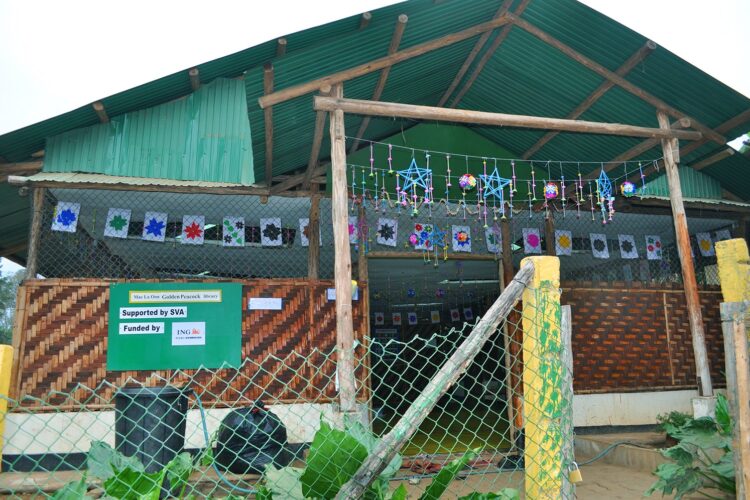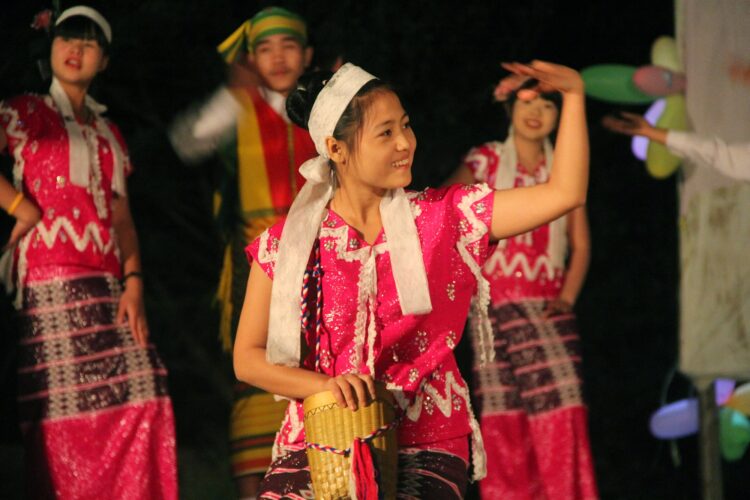 Myanmar(Burma) Refugee Camp
Myanmar(Burma) Refugee Camp
At refugee camps that have existed in Thailand for more than 30 years, we operate community libraries.
- TOP
- What We Do
- Myanmar(Burma) Refugee Camp
Background of Activities
About 90,000 people still live in the refugee camps which were built at the border between Thailand and Myanmar in 1984. There are many children who have never been able to leave the refugee camps where they were born and raised and have no knowledge about the outside world or their homeland.
What We Do
We carry out educational support projects through community library activities with the aim that the refugee camp residents acquire knowledge, skills, and information to solve problems. With the goal of having 15 community libraries run by residents, we are enhancing training activities for resident organizations and promoting collaboration between libraries and educational institutions.
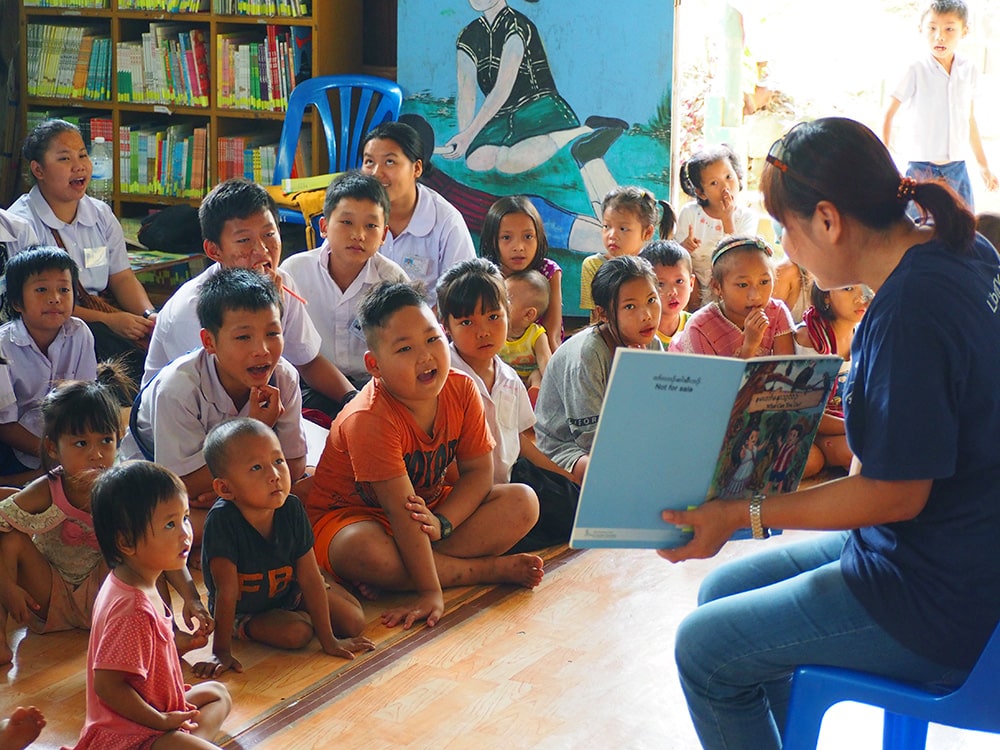
We run 15 community libraries in 7 refugee camps. The community library is officially positioned as a part of non-formal education under the umbrella of the Karen Refugee Committee Education Entity (KRCEE). It holds events such as storytelling sessions including puppet plays, Children’s Day, Mother’s Day, and so on. Through storytelling sessions by Toshokan Youth Volunteers, we build relationships with many residents, especially with the refugee camp students and young people, to understand their needs.
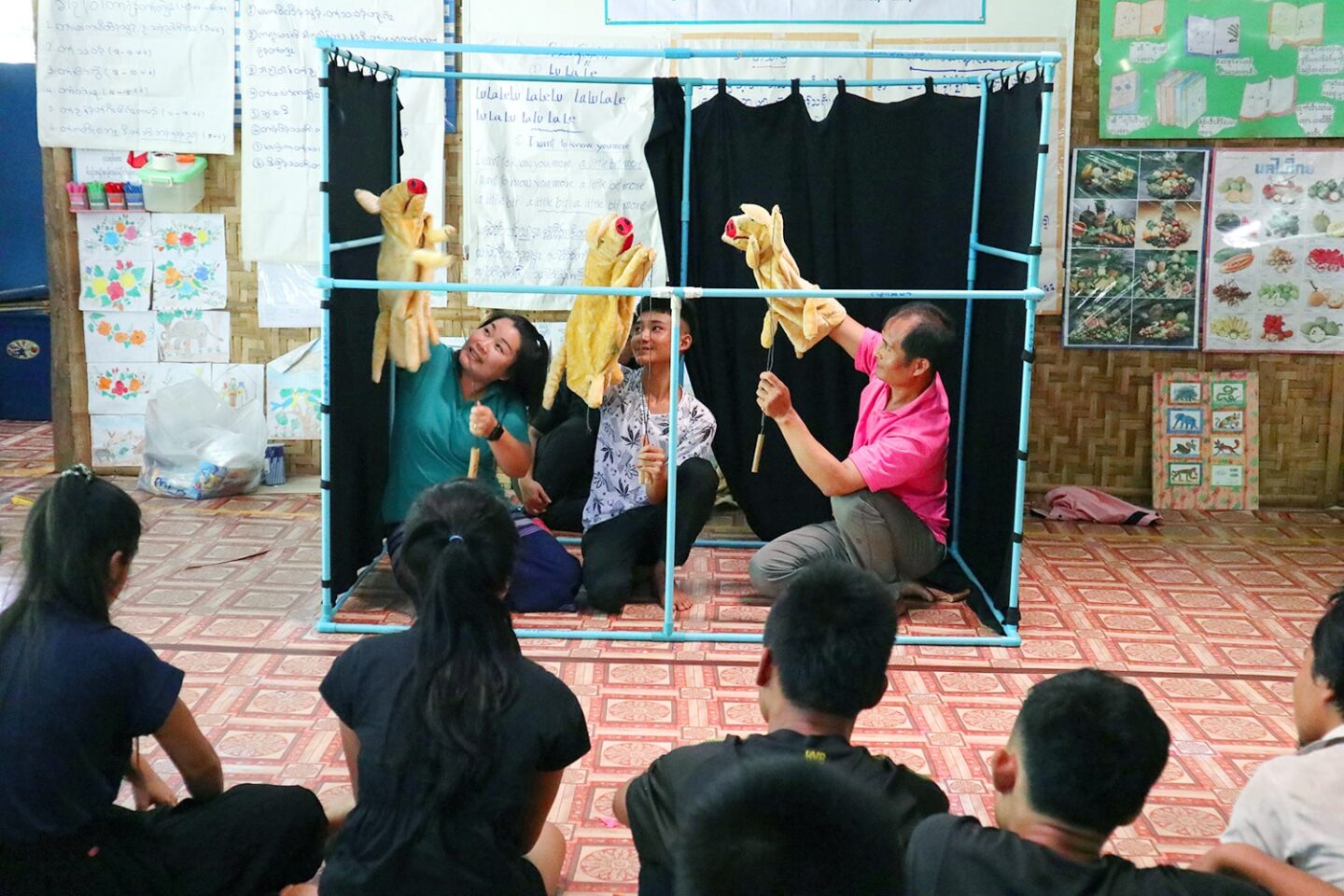
As a part of our human resources development activities, we hold joint workshops for the library coordinators of each refugee camp, representatives of Office of Camp Education Entity (OCEE), and members of Karen Youth Organization (KYO) so that they can learn about the role of library coordinators. In addition, we develop corner libraries and carry out mobile library services as Children’s Reading Promotion Project, contributing to the improvement of children’s academic abilities.
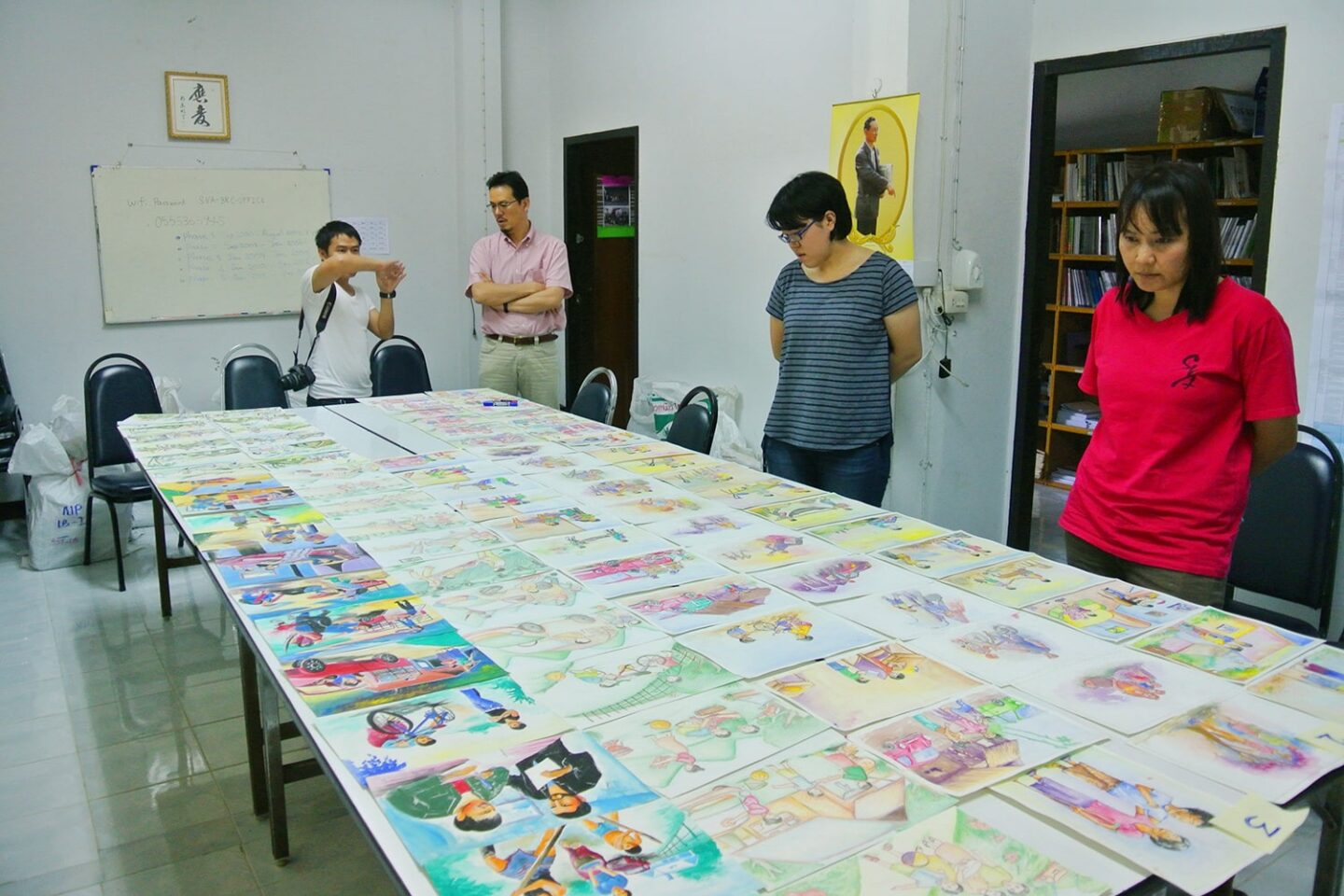
We publish picture books in two languages—Karen language and Burmese language. We also organize picture book contests in refugee camps to publish the works selected from the residents’ entries.
Activities So Far
Our library activities are also meant to provide opportunities for people who do not know their homeland and are not able to leave refugee camps to come into contact with the outside world and learn about their country. When we started the library activities in 2000, we focused mainly on the construction of libraries.
